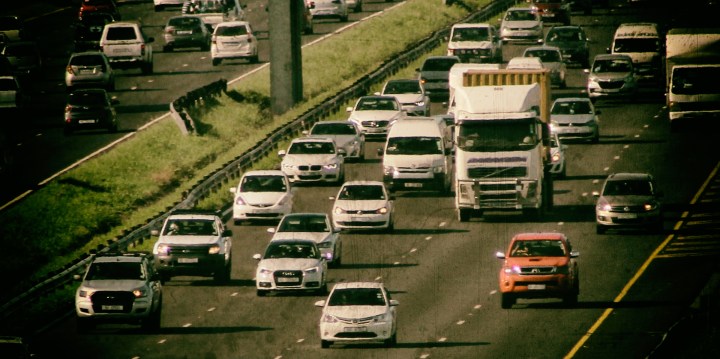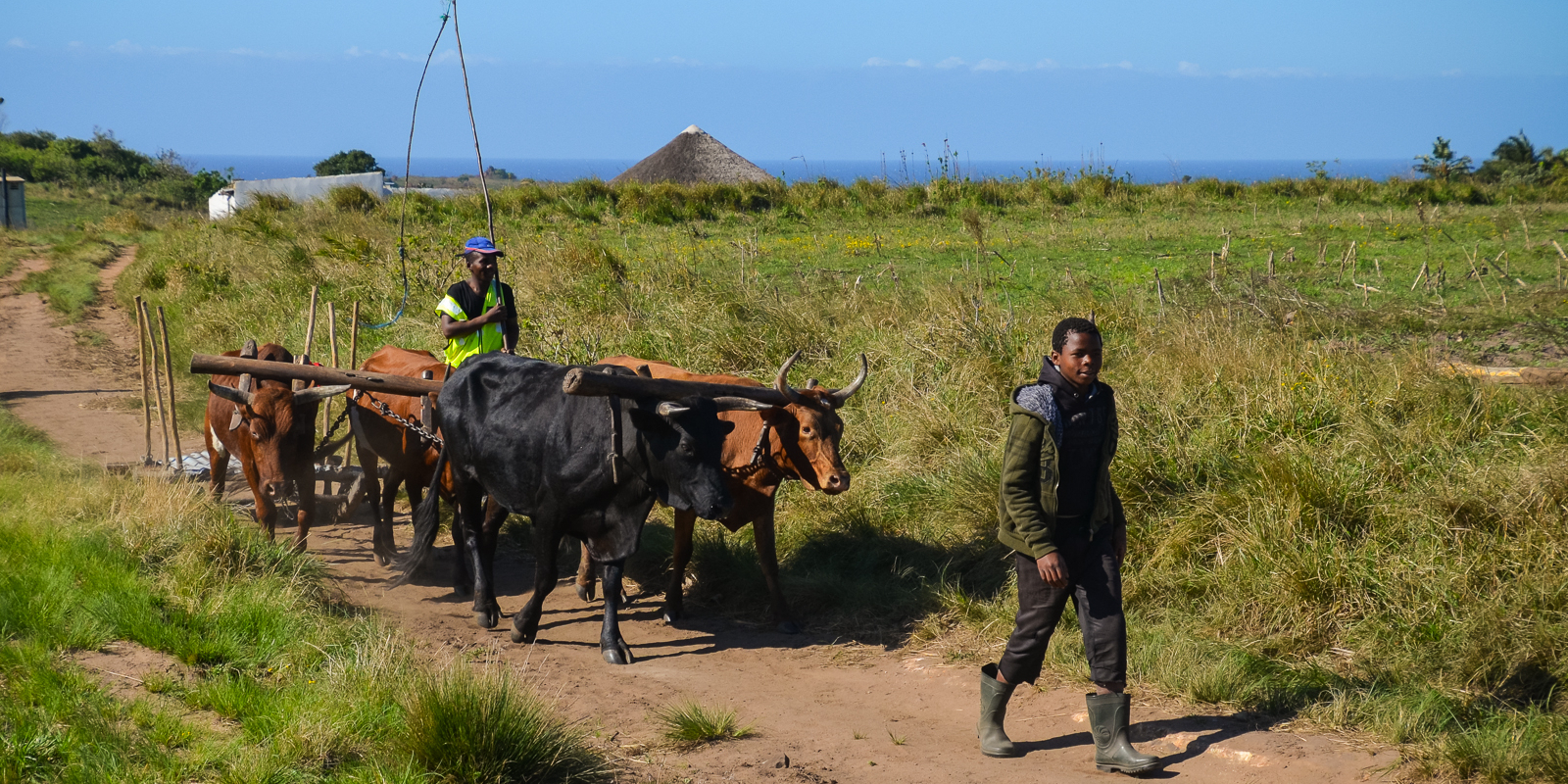WILD COAST HIGHWAY
R9bn Wild Coast highway skids off course as Sanral mulls new toll plan

The N2 Wild Coast toll road has veered off track again, raising fresh questions about the affordability of a multibillion-rand scheme that has been linked to an Australian-backed mining venture.
Six years ago, facing a major backlash from business groups and commuters in KwaZulu-Natal, the SA National Roads Agency (Sanral) quietly scrapped plans to recoup a major chunk of the proposed Wild Coast highway costs via a new toll plaza at Isipingo, just south of Durban.
Now the roads agency has confirmed that plans for at least two new plazas on the N2 are back on the table, the latest in a series of mixed messages from Sanral on how it will pay for the road.
Earlier in February, an international consortium ceased work and walked away from its R1.6-billion contract to build a massive bridge over the Mtentu River, one of the most expensive pillars of the larger R9-billion scheme to create a new highway along the Eastern Cape Wild Coast.
Nearly 220m high and 1.1km long, Sanral describes the Mtentu structure as one of the longest main-span balanced cantilever bridges in the world.
Aveng-Strabag (a joint venture comprising Aveng Grinaker-LTA of Johannesburg and Vienna-based Strabag International) cited force majeure in terminating the contract, arguing that it had been unable to do any work on the site since October “due to threats of violence and levels of community unrest and protest action related to demands made against Sanral”.
Sanral, in turn, alleged that Aveng-Strabag “is not being transparent about its true reasons for abandoning the site, but suspects that the publicly known financial challenges of Aveng may have contributed to the decision”.
The question of when the building may resume remains unclear for now as the dispute seems destined for the courts, but Sanral could face an even greater challenge later this month when the North Gauteng High Court delivers its verdict on whether to cancel environmental authorisation for the entire project.
Wild Coast resident Singegu Zukulu and two community groups have asked the court to set aside the authorisation granted by the Department of Environmental Affairs on the basis that the public participation process was seriously flawed. Zukulu says that Sanral also failed to consider the socio-economic impacts of a project that would “scythe through the heart of my community and render viable an Australian company’s proposed mining application to strip mine 22km of my community’s land”.
Sanral has always denied suggestions that the new Wild Coast route is designed to facilitate the titanium dune mining venture by Perth-based Mineral Resource Commodities (MRC) and local empowerment groups.
But the Amadiba Crisis Committee, the community group that has been fighting to prevent mining on ancestral community land in the Xolobeni area, remains convinced that the two projects are intertwined. Committee spokesperson Nonhle Mbuthuma argues that mining would not be possible without a new road to ensure the extraction of heavy minerals from a remote rural area which has no suitable road infrastructure.
Despite denials from Sanral, recent statements from the mining company have strengthened these suspicions. Last year, for example, MRC chairman Mark Caruso reported to shareholders that the viability of the Xolobeni mining “has been further enhanced by the commencement of the construction of the N2 Toll highway”.
There has also been strong opposition to the toll road plan from the Ethekwini (Durban) municipality, the KwaZulu-Natal legislature and provincial business interests opposed to subsidising the cost of road construction in a neighbouring province.
Transport consultant Gavin Maasdorp has previously estimated that 31% of the total Wild Coast toll route fees would be collected from Durban commuters at the Isipingo plaza alone, with further funding from other new plazas in KwaZulu-Natal and the Eastern Cape.
Eventually, Sanral appeared to cave in to threats of court action by the South Coast Business Coalition and gave an undertaking that it would not levy tolls at Isipingo.

Construction work has stopped on one of the main pillars of the proposed N2 Wild Coast toll road, a R9-billion project that would cut through rural subsistence farms on the Pondoland coastline. (Photo: Judy Mann)
In May 2013, the KZN transport ministry said Sanral had also agreed to scrap any new toll plaza proposals along the KZN section of the N2 South Coast.
Sanral spokesman Vusi Mona said at the time that no such undertaking had been given.
“We have not given any assurance that there won’t be any tolling on the KZN side,” he declared in a newspaper interview.
Shortly afterwards – without disclosing full details of how Sanral would finance the road without KZN tolling – former Rural Development Minister Gugile Nkwinti announced that the R9-billion project would go ahead regardless.
Significantly, Sanral has previously argued that the new road and mega-bridges network was unaffordable without tolling.
In 2004, while Sanral was busy justifying the need for tolling, its environmental consultants stated: “Most of the primary road networks in and around South Africa’s major economic centres are operating beyond their operational traffic capacity and require an increase in capacity and/or additional infrastructure.
“Currently 65% of SANRAL’s budget allocation is spent on preserving or maintaining the primary road network while the remainder is spent on upgrading the assets. Inherent in this expenditure is keeping the roads in a safe condition for daily use.
“With an assumed funding level of R4.4-billion a year for the non-toll national road network, the existing system will deteriorate over the next eight years to a forecasted backlog of R9.6-billion.”
Now, more than a decade later, Sanral plans to spend an almost identical amount on the Wild Coast route, having forfeited a major chunk of the toll income it budgeted for at the outset.
Curiously, Sanral has also amended the title of the project to become the N2 Wild Coast Road (N2WCR), deliberately removing the word “toll”.
Responding to written questions on whether Sanral was misleading the public by doing so, Mona said that because only about a quarter of the Durban to East London route would have new toll booths “it was better to drop the word ‘toll’ from the route description”.
Asked how funding shortfalls would be met, Sanral said:
“In terms of the agreement for the funding model for the greenfield section of the N2 Wild Coast Road with National Treasury, the 112km between Ndwalane and the Mtamvuna River would be funded with a hybrid funding model consisting of both non-toll and toll funding.
“Under this model, Sanral will be funding the initial capital cost of the construction from their non-toll budget. However, future maintenance and future upgrading (dualling) would be funded through tolling.
“An Intent to Toll on two sections of the greenfield section of the N2WCR (Ndwalane to Ntafufu and Lusikisiki to Mzamba) is to be gazetted during 2019 and a public participation process will be followed.”
Sanral said the location of two proposed new toll plazas on the greenfield section of the route, as well as the proposed toll tariffs, would be subject to a public participation process.
On whether it was acting prematurely by commencing construction before finalising toll tariffs, resettlement action plans for displaced communities or final budget allocations, Mona said: “As the initial capital costs are already budgeted for, the resolution of tolling for future maintenance and future upgrading has not delayed the start of construction.”
Mona said Sanral was “very comfortable that the extent and thoroughness of the public participation process followed for the N2 Wild Coast road project far exceeded the legal requirements and there is a very low risk of the EIA being overturned”.
Critics, however, remain concerned that the R9-billion Wild Coast price tag will divert scarce revenue and erode Sanral’s ability to maintain neglected road infrastructure elsewhere across the country. DM



















 Become an Insider
Become an Insider